Challenges for Nubian ibex in Oman
04/12/2018 in Conservation
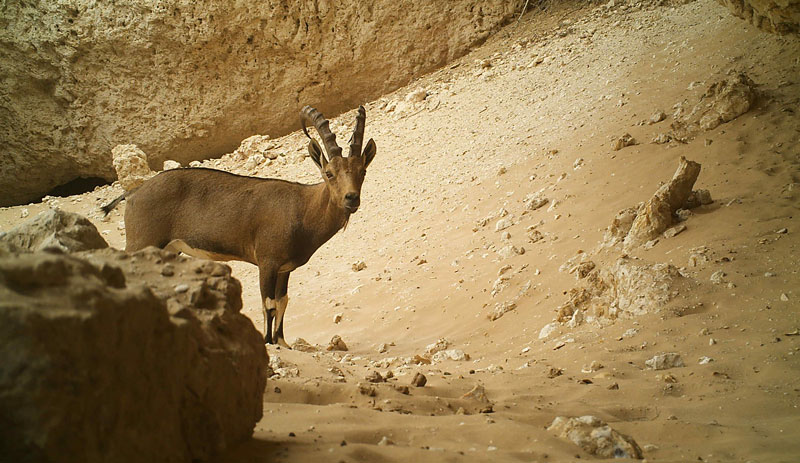
Above: Male Nubian ibex - photo by Mataab Al Ghafri
Ever heard of a Nubian ibex? Ibex are members of the genus Capra (meaning goat in Latin) which includes all nine goat and ibex species that are adapted to temperate and arid climes. They live in mountainous habitats and are especially adept at manoeuvring over rough terrain in search of food and to escape from predators. Most of the goat genus inhabit cold mountainous habitat, however the Nubian ibex (Capra nubian) is unique in having extended its range southwards into the arid mountains of Arabia, North Africa and Ethiopia.
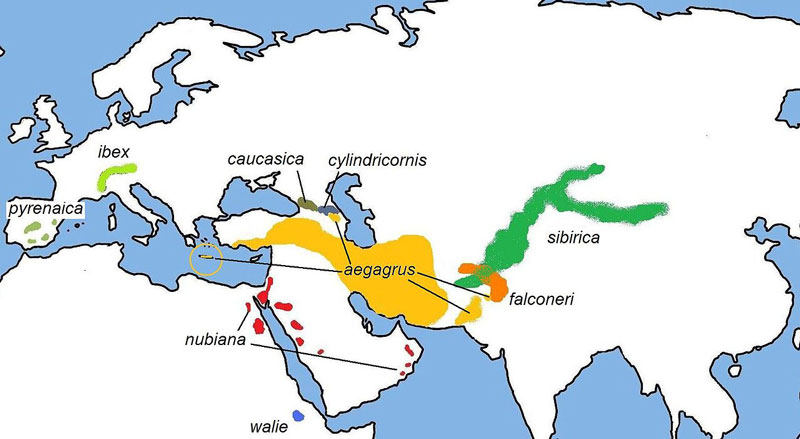
Above: Distribution of the Capra genus with the Nubian Ibex highlighted in red. (via Wikipedia)
The Nubian ibex (Wa`al or Badan in Arabic) is easily identified thanks to its long horns which curve backward and can reach up to a meter in length for the males. The horns of the female are thinner and shorter and they are classified as a sexually dimorphic animal which means the physical characteristics of the males are different from the females. Their legs have black and white markings, differentiating them from other hoofed mountain animals in the Arabian Peninsula, and their light-brown sandy coat provides excellent camouflage in the arid landscapes. They are extremely difficult to detect when standing still!
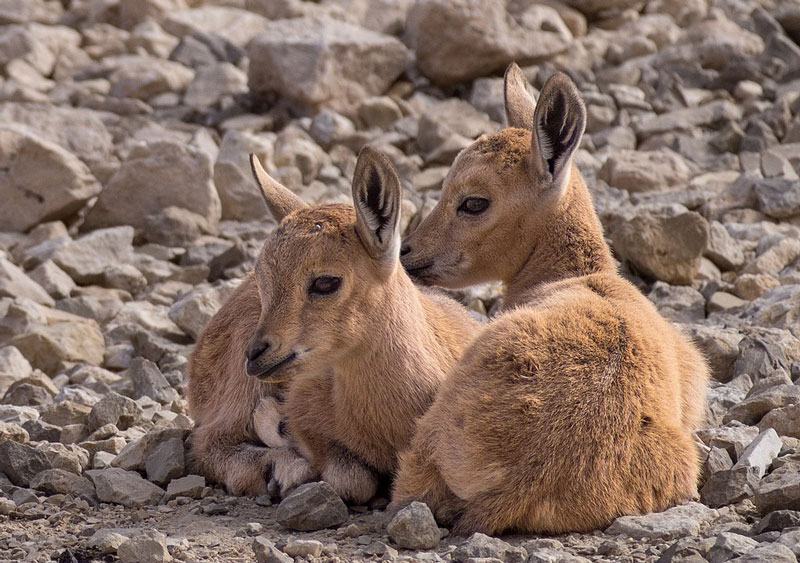
Above: Two Nubian ibex kids (From Wikipedia by Rhododendrites)
The population of the Nubian ibex in Oman has been monitored for a long time and the numbers have been seriously affected by technological development within Arabia. The discovery of oil has dramatically changed the lifestyle of the people. Automatic rifles and four-wheel drive vehicles have become more readily available to the majority of the population, providing easier access to more remote areas . As a result, much of the native wildlife, particularly ungulates (animals with hooves), have been hunted to extinction within the region. Thankfully, the Nubian ibex has thus far avoided a similar fate due to its mountainous habitat, which is still hard to reach even for motor vehicles. However, the Nubian ibex are now widely scattered throughout the mountains of Arabia, and are classified as ‘vulnerable to extinction’ on the IUCN red list. Regulations and legislations have now been introduced with the aim of protecting the wildlife in Oman, including the Nubian ibex, and those hunting or harming them will be prosecuted, through fines or even jail sentences.
Despite the recent efforts to protect the species, Nubian ibex populations in Oman have still suffered and are now divided between two isolated areas. The first group can be found in the central region of Oman (Al Wusta region) which has a more arid habitat and higher competition with local livestock for water and food, the other is further South (Dhofar region) where the habitat is far more diverse. These two populations were once joined but hunting pressures, habitat destruction and livestock competition have isolated them and are likely to lead to further losses without intervention
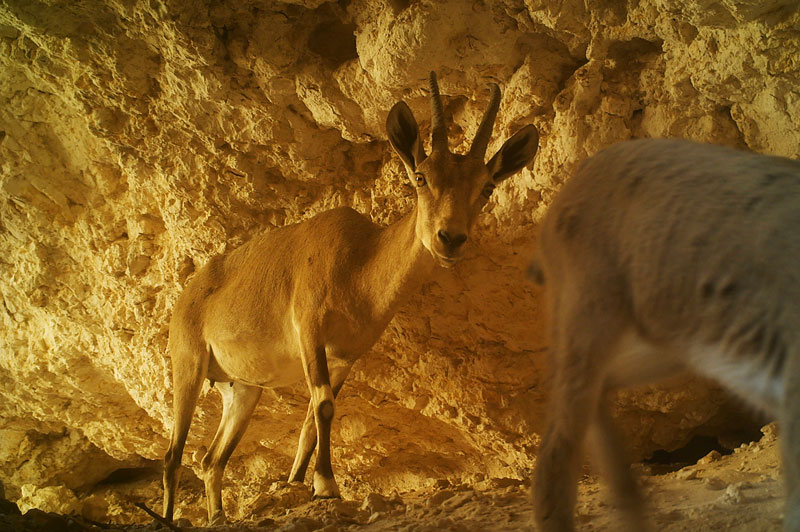
Above: Nubian ibex Female - photo by: Mataab Al Ghafri
The Omani Office for Conservation of the Environment is focusing on developing solutions to manage its few remaining Nubian ibex. Research on this species is extremely limited, so it is critical we develop an understanding of the ecology and genetic diversity of the Nubian ibexin order to develop effective solutions to save the remaining animals in Oman’s deserts. A PhD student, Mataab Al Ghafri, funded by the Diwan of the Royal Court in Oman, is currently training with RZSS WildGenes in the development of genetic tools to understand the diversity and population structure of the remaining ibex. Mataab has collected both faecal samples and tissue samples from captive and wild Nubian ibex within Oman and will be continuing fieldwork collection next spring.
We look forward to updating you on our progress.
 |
 |
|
Get involved - help support our work by becoming an RZSS member!
Join a growing community of nearly 30,000 individuals who are not only helping to support our conservation work but also enjoy a range of benefits such as unlimited entry to our two parks.
Featured Articles

An update from the Budongo Forest
19/04/2024 in Conservation

Edinburgh Zoo named best zoo in Scotland
15/04/2024 in Edinburgh Zoo


























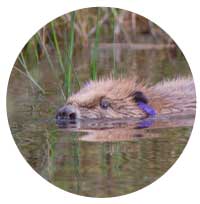

Follow EZ